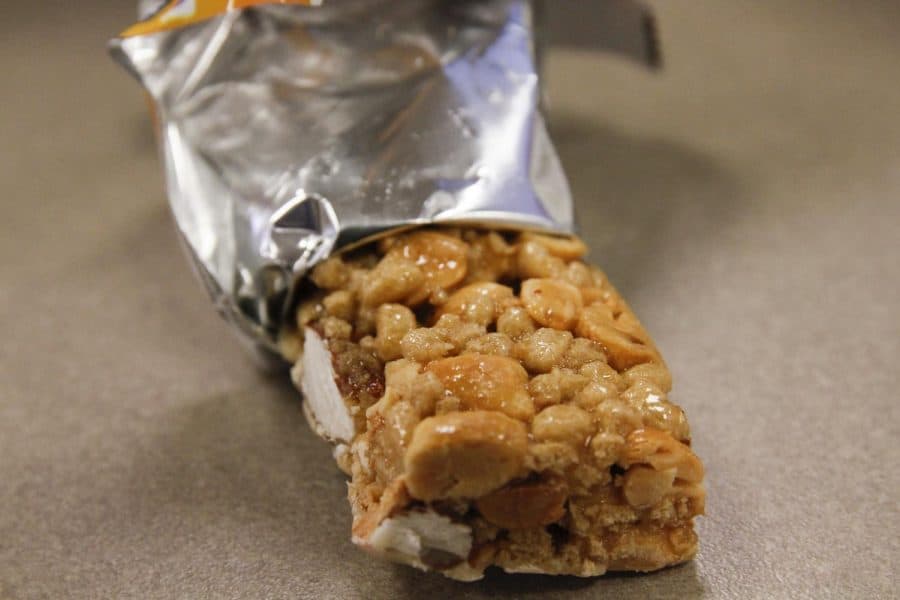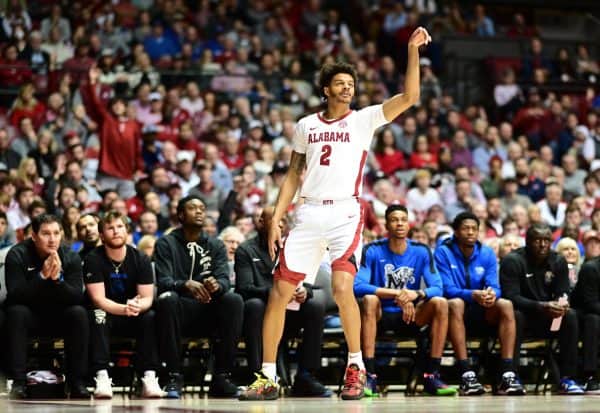Student-athletes, traditional students talk healthy eating, access to resources
March 9, 2020
With newfound independence comes the freedom to make one’s own nutrition choices. For some college students, these choices can lead to bad habits.
After a long day of studying, the convenience of grabbing a hamburger from McDonald’s or ordering a pizza can be a tempting, sometimes cheap and often practical choice. Resources on campus, however, can help mitigate this problem
The textbook “The Nutrition in Life Cycle,” assigned to students who take NHM 201 at The University of Alabama, says that adulthood is the most appropriate cycle of life to develop the most powerful nutrition habits possible. Between the ages of 20 and 64 is the time when the future course of health and wellness is influenced by diet, physical activity and body weight.
Five of the 10 leading causes of death related to diet and exercise behaviors include cancer, cardiovascular disease, stroke, diabetes (Type I or Type II) and liver disease. Chronic illnesses are most prevalent in old age. Hypertension, osteoporosis and metabolic syndrome are also worth mentioning in regard to special conditions caused by inappropriate diets.
Unhealthy eating habits can be dangerous in the long run, according to Cherie Simpson, an adjunct nutrition instructor and a registered dietitian at the University.
“Consumption of meals higher in saturated and trans fats and decreased consumption of fruits, vegetables and whole grains contribute to chronic diseases, and weight gain is often the first signal that someone’s eating habits are headed in the wrong direction and would benefit from intervention before bad habits continue,” Simpson said.
The sheer amount of junk food available makes healthy eating a difficult situation for students.
Healthy and fresh foods at the supermarket, restaurants and fast-food chains are sold at prices significantly higher than a hamburger value meal, and that poses issues for students already pressed for money. For many students, the choice boils down to money.
“I definitely think money in college is a problem, especially in the college town like Tuscaloosa, because food vendors know that during big games, students might want to go out with friends for dinner or with family,” said Erika Feurtado, a sophomore majoring in news media.
Junior Andrey Tretyakov, a civil engineering major and a former swimmer at the University, said the University could do a better job with meal plans.
“If I’m short on time, I will grab something that may be less healthy that will temporarily fill me until I can go cook for myself,” he said.
To be healthier, there are strict diets some students choose to follow such as vegan, vegetarian and high-protein diets. Regarding exercise, students claim they try to include CrossFit, weightlifting or some type of cardio if they have the time.
Cathryn Antonacio, an advertising major on the rowing team, said it’s nice that the University provides Dining Dollars at certain restaurants, too. In the South, she noted, BBQ and fast-food places are more accessible, so it is hard for her to steer away from the easy drive-thru options sometimes.
Everyone’s eating pattern is different, but what goes into the body affects students’ mental, emotional and physical health. Dieting behaviors and student health have a strong correlation, and students are urged to adopt healthy eating habits.
“I usually have a cereal bar for breakfast, then my lunch normally consists of some type of fast food or leftovers,” said Janel Carr, a junior majoring in public relations and Spanish. “For dinner, I usually eat some type of frozen meal or fast food.”
Some students try to cut down on unhealthy options by cooking at home, but that requires keen time management skills. For Feurtado, it’s hard to carve time out of a busy schedule, but meal planning over the weekend has proven some success.
“I have just recently started to cook at home to save money and to find new recipes to try out,” Feurtado said. “I try to cook over the weekends so that I already have food prepared for the week ahead. My diet in general consists of a lot of carbohydrates and starches, which can get unhealthy for your urinary tract, but I am used to a lot of pasta, bread, puddings and custards [since I ate them] as a child.”
Tretyakov, however, noted the convenience of a separate dining hall, which was opened in the summer of 2018 and provides a variety of healthy options. This marks a key difference among student-athletes and traditional students: Most universities provide additional educational resources and keep student-athletes accountable for their diets.
“[Student-athletes] often have separate dining halls and processes for monitoring their intake and weight changes,” Simpson said. “Traditional students have to make their own selections with meals. There is little to no education or monitoring as they may have had at home prior to entering a university environment. There is also little structure in their daily routine.”
For traditional students who want to make healthier eating choices, Simpson said she would recommend following basic dietary guidelines, and if someone needs more guidance, they can make an appointment with the dietitian at the Student Health Center. In addition to a dietitian, the University provides students access to a health educator. There, students can get the necessary help regarding appropriate dieting and developing healthier habits, which can help prevent diseases in the long run.











